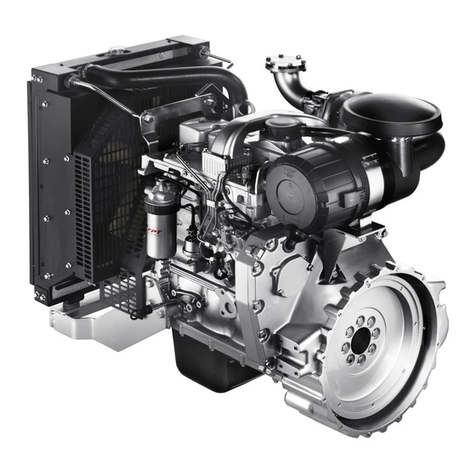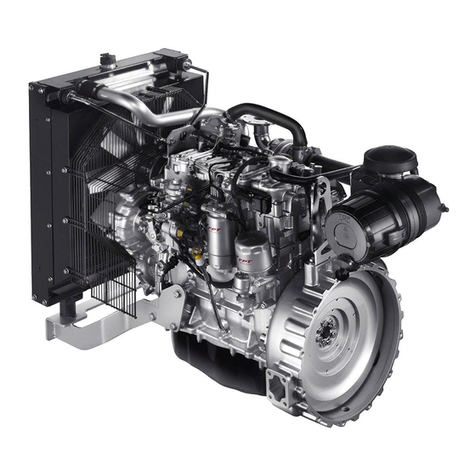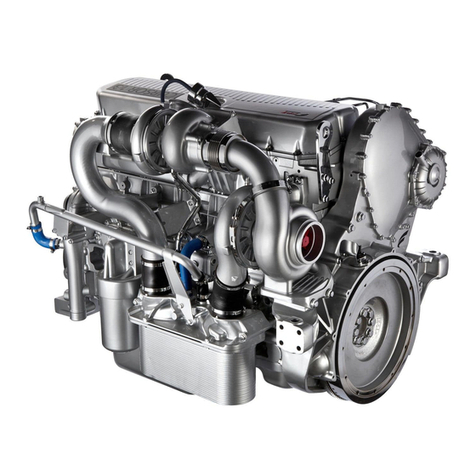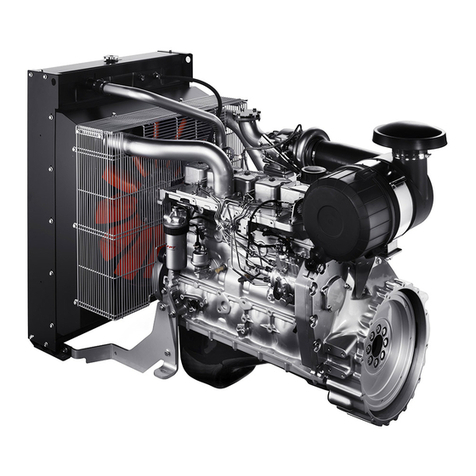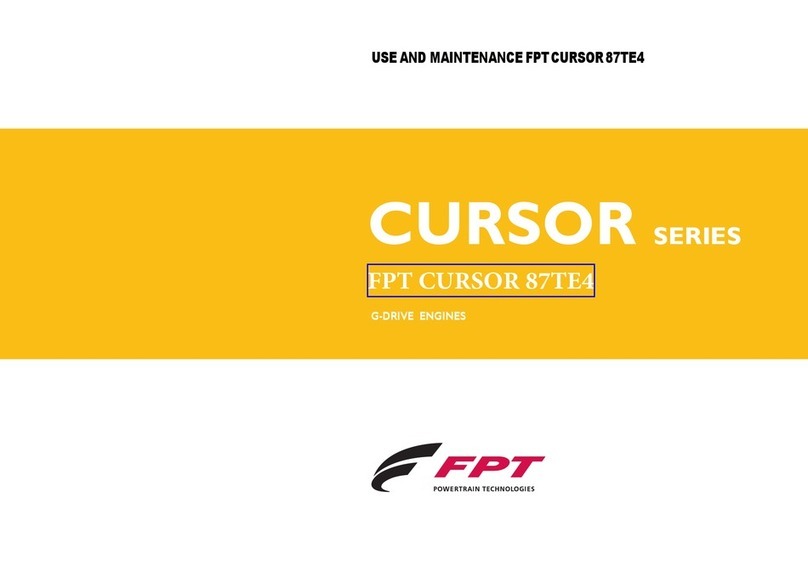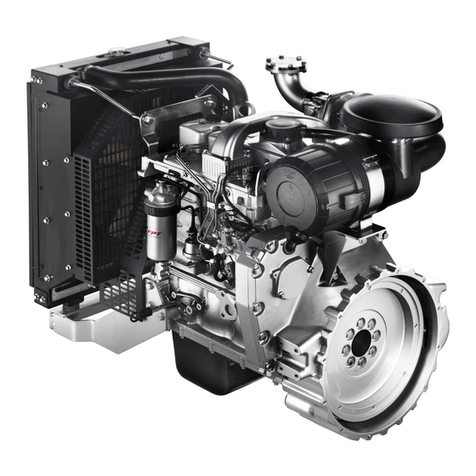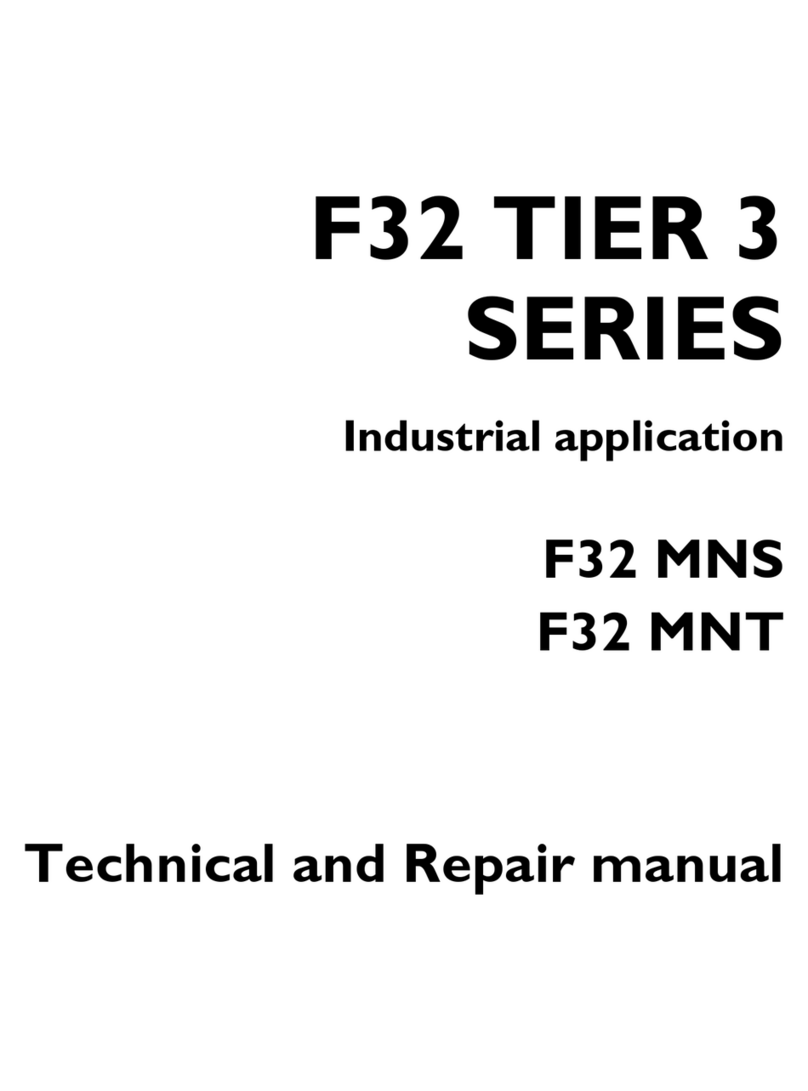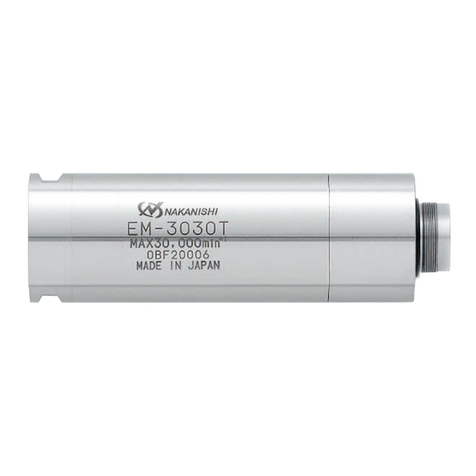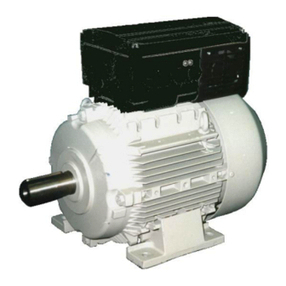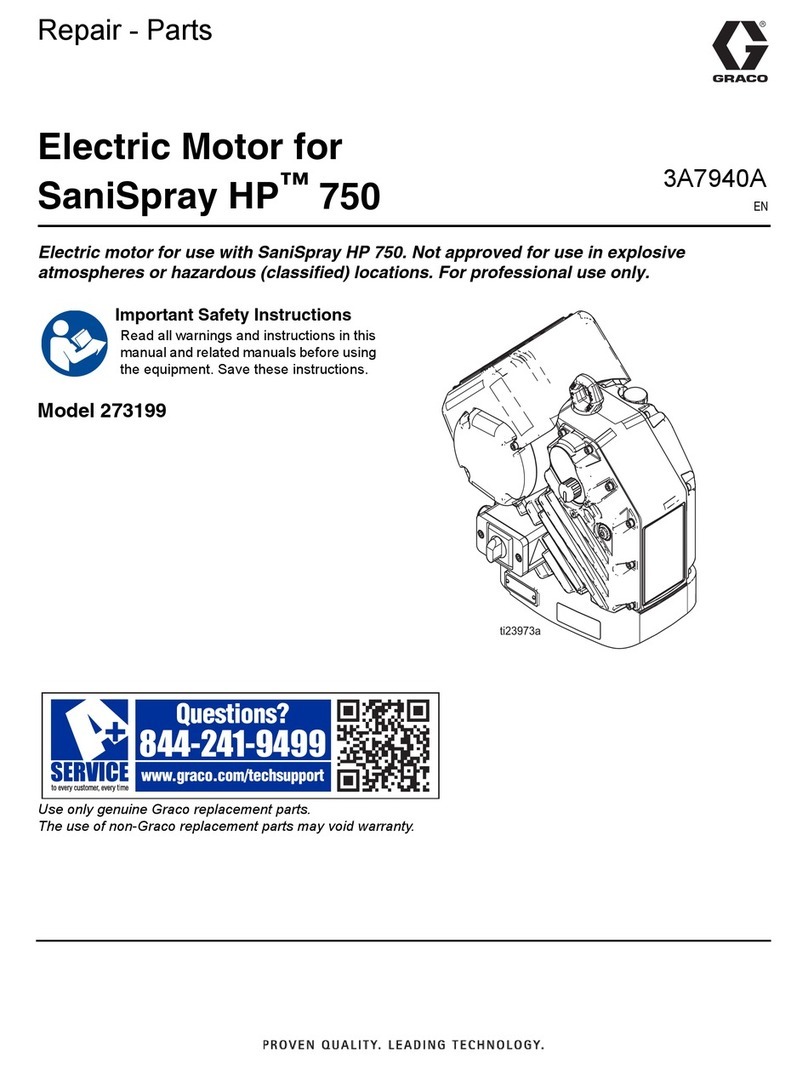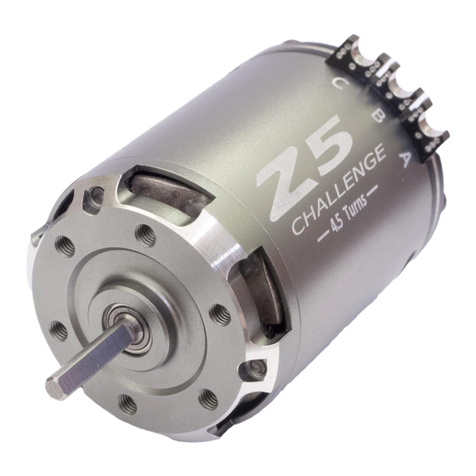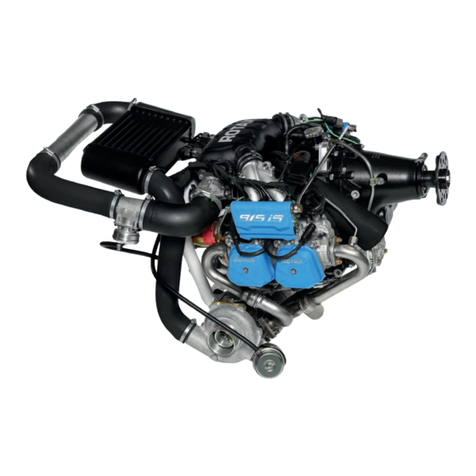FOREWORD
We strongly recommend that you carefully read the indica-
tions contained in this document: compliance with these indi-
cations protects the engine from irregular operation, assures
reliability, safeguards sea-going and protects maintenance
personnel from accident hazards.
The indications contained in this document pertain to the
C13 ENS M33 and C13 ENT M50 marine engines and com-
plement the IVECO MOTORS-FPT “Marine Diesel Engines
Installation Handbook”.You should refer to this for anything
that is not explained herein.
Technical engineers and fitters must comply with work safety
regulations. They must implement and adopt the methods
foreseen for personal safety while carrying out maintenance
or checks.
There is a reminder of the safety rules in Section 11 of the
present publication.
There is a reminder of the regulations for engine handling at
the end of Section 6 of the present publication.
To start the engine, you must adhere to the procedure
stated at the end of Section 5 of the present publication.
To get best engine performance you must conform with its
intended mission profile.The engine must not be used for
purposes other than those stated by the manufacturer.
IVECO MOTORS-FPT is available for a prior examination of
any requirements regarding special installations, should this
be necessary.
In particular
oUse of unsuitable fuels and oils may compromise the
engine’s regular operation, reducing its performance,
reliability and working life.
oExclusive use of IVECO Original Parts is a necessary
condition to maintain the engine in its original integrity.
oAny tampering, modifications, or use of non-original
parts may jeopardize the safety of service personnel and
boat users.
To obtain spare parts, you must indicate:
- Commercial code, serial number and the indications
shown on the engine tag;
- The number of the spare part.This can be found in the
spare part catalog.
The information provided below refers to engine character-
istics current at the date of publication.
IVECO MOTORS-FPT reserves the right to make modifica-
tions at any time and without advance notice, to meet tech-
nical or commercial requirements or to comply with local
legal and regulatory requirements.
We refuse all liability
for any errors and omissions.
The reader is reminded that the IVECO MOTORS-FPT
Technical Assistance Network is always at the Customer’s
side with its competence and professionalism.
IVECO MOTORS-FPT Publication edited by:
IVECO PowerTrain
Advertising & Promotion
Pregnana Milanese (MI)
www.ivecomotors.com
Printed P3D32C002 E- June 2007 Edition
